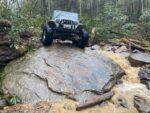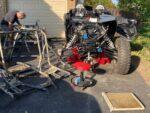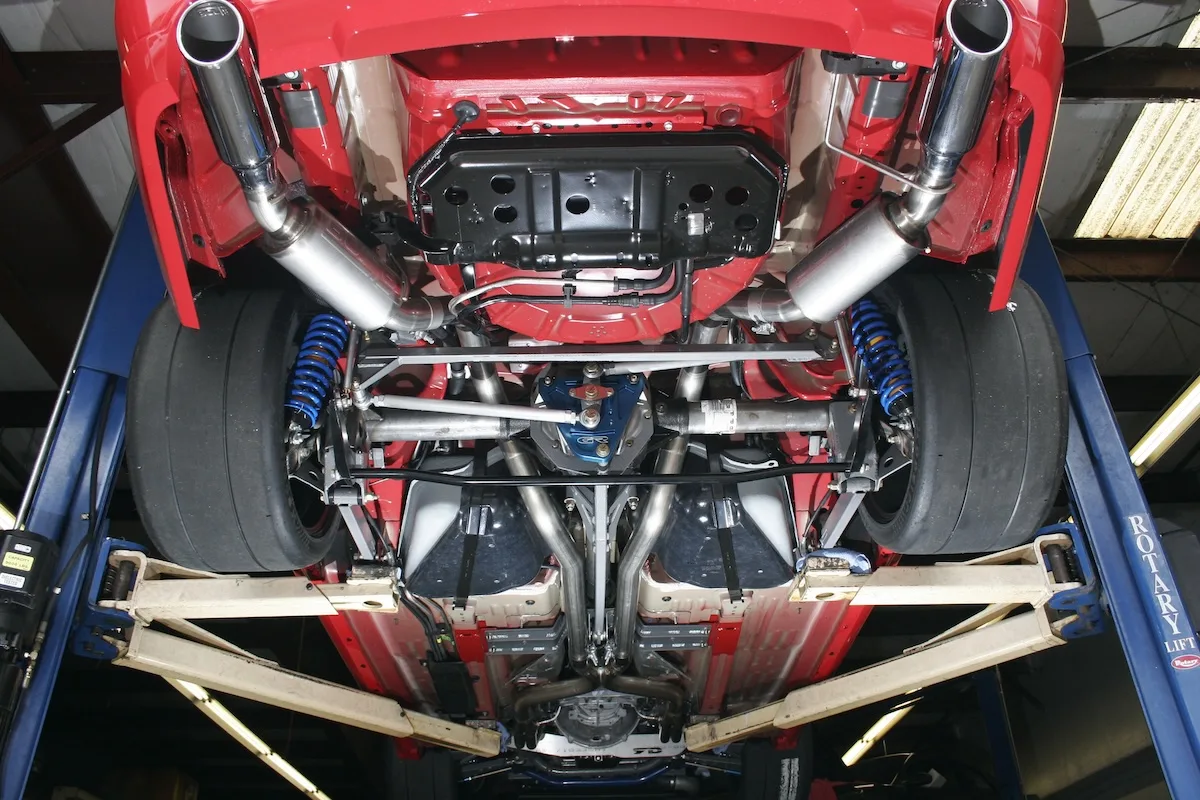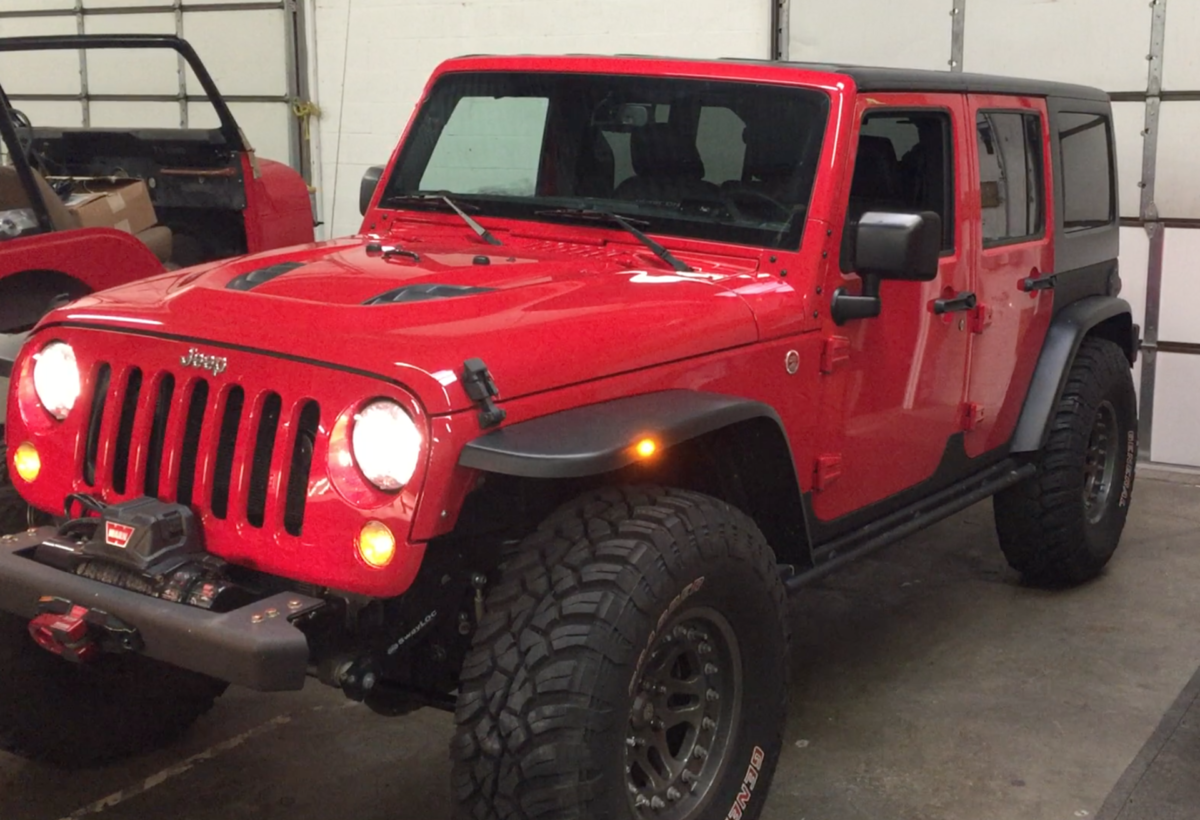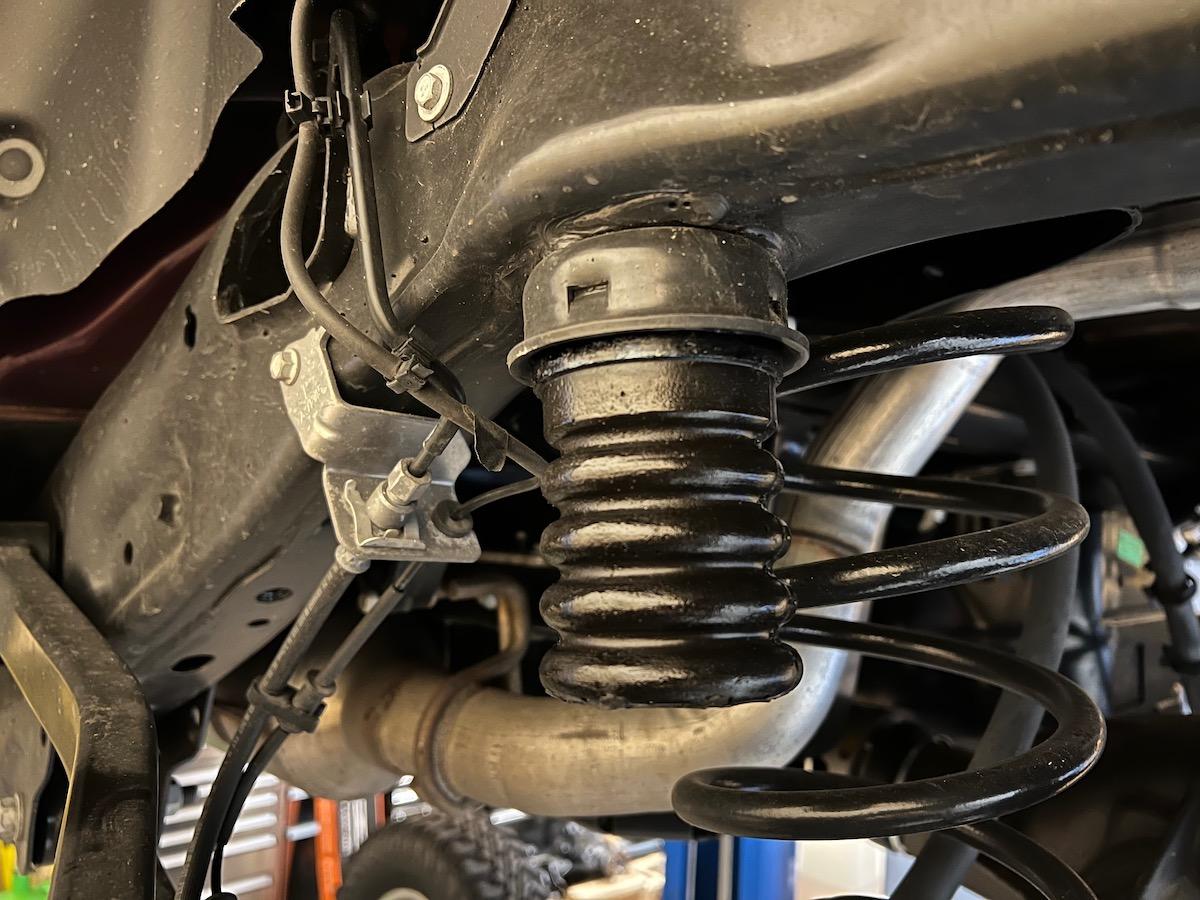During yesterday’s commute, on the lovely highways of Maryland, I was almost sideswiped by your typical inattentive, texting, get out of my way driver in a hurry to beat everyone to the next traffic light.
Let me set the scenario for you. Early morning commute on Route 100, it’s still dark out, traffic is heavy but moving at speed, the vehicle in question came up on my left side and was clearly in a hurry. Two things then happened. Number one, a large sweeping bend caused the otherwise speedy driver to slow down. Number two, they matched my speed perfectly so that we traveled roughly a mile side by side.
A little background on Route 100. The posted speed limit is 55 MPH and it the primary means of travel from Pasadena MD headed West. The average driving speed on the road is closer to 70 MPH and the favorite driving lane is the passing lane. It’s a conga line of cars in the left lane all doing 70+ for the 10 miles I drive on it every morning.
Every time I changed speed this car kept pace with me. I was already doing 55 when they went to pass me and I figured if I just held that they would be gone in a second. Because of the curve we encountered they just sat there. Tried to speed up a little and create some buffer, nope they matched me once again. Again this is in heavy traffic so space is at a premium and there isn’t a lot of road for me to work with.
About a half of a mile from my exit it happened. They decided they wanted the lane I was traveling in and merged over. By this point they had already had issues maintaining lane discipline and I could see them moving around a lot in the front seat. Because of this I was already hyper aware of the possibility of a stupid maneuver and was watching for sudden movements. I ride motorcycles and this is a skill honed by years of riding vehicles that are invisible to other drivers. Another thing that worked in my favor was the fact that despite all the inattentiveness they actually used a turn signal. For those not from MD this is an almost unheard of courtesy, for those in MD it is a signal that flashes your intent to make either a left or right turn. It is actuated by moving the lever on the left of your steering wheel up for right and down for left.

So how did my suspension prevent an accident?
There are two major reasons why. The first reason has to do with the sway bars that I am running on the front and rear of my Jeep. They are a dual rate sway bar that are stiffer than stock and prevent any significant body roll. They also aid in equally transferring weight front to rear very smoothly and consistently. Normal lifted vehicles have tons of body roll due to a higher center of gravity and much taller suspension. The stock sway bar isn’t designed to handle this new geometry and many aftermarket solutions are designed around off-road articulation versus on-road handling.
Reason number two is a bit more technical. My Jeep is fitted with an active air suspension. Traditional coil springs store a certain amount of kinetic energy and any movement from their resting position causes a coil spring to want to return to that resting position as soon as possible. When you rapidly compress them as soon as a load is removed they take that newly compressed energy and release it. Because of the way they work they will extend past the normal resting position bouncing until the excess energy is expended. That’s why we have the terms compression and rebound and why many shocks have adjustments for these settings. Your shock is there to minimize this action and help to control these extreme movements and smooth it out. Shocks do an excellent job of minimizing this excess movement but they can’t get rid of all of it. If they did your suspension would ride like a horse carriage on solid wooden wheels.
Air springs, on the other hand, do not have a stored kinetic energy, they are neutral. Air flows in and out to maintain a particular ride height, dissipating all of that energy that would normally upset the vehicle. A shock is still used to further control movement. The air springs are actively monitored above 30 MPH and will adjust under load by inflating or deflating to maintain vehicle attitude under hard maneuvers. The springs adjust minimizing body roll and keep the body parallel to the axles instead of the body listing to one side.
This meant that when I had to apply heavy braking combined with a sudden steering input to the right and then back into the lane the Jeep handled as if it was a low slung Miata instead of a lifted Jeep. The body stayed flat, there was no massive side to side energy transfer that would further strain the traction limits leaving it all for the braking needed to avoid the idiot who cut me off.
With a coil spring suspension and off-road biased sway bars I could be writing this from the hospital or at the very least with my Jeep in the repair shop due to an accident. I certainly would not have been as calm as I was.
(The Jeep is fitted with the AiROCK suspension system and SwayLOC sway bars from OffRoadOnly.com.)
